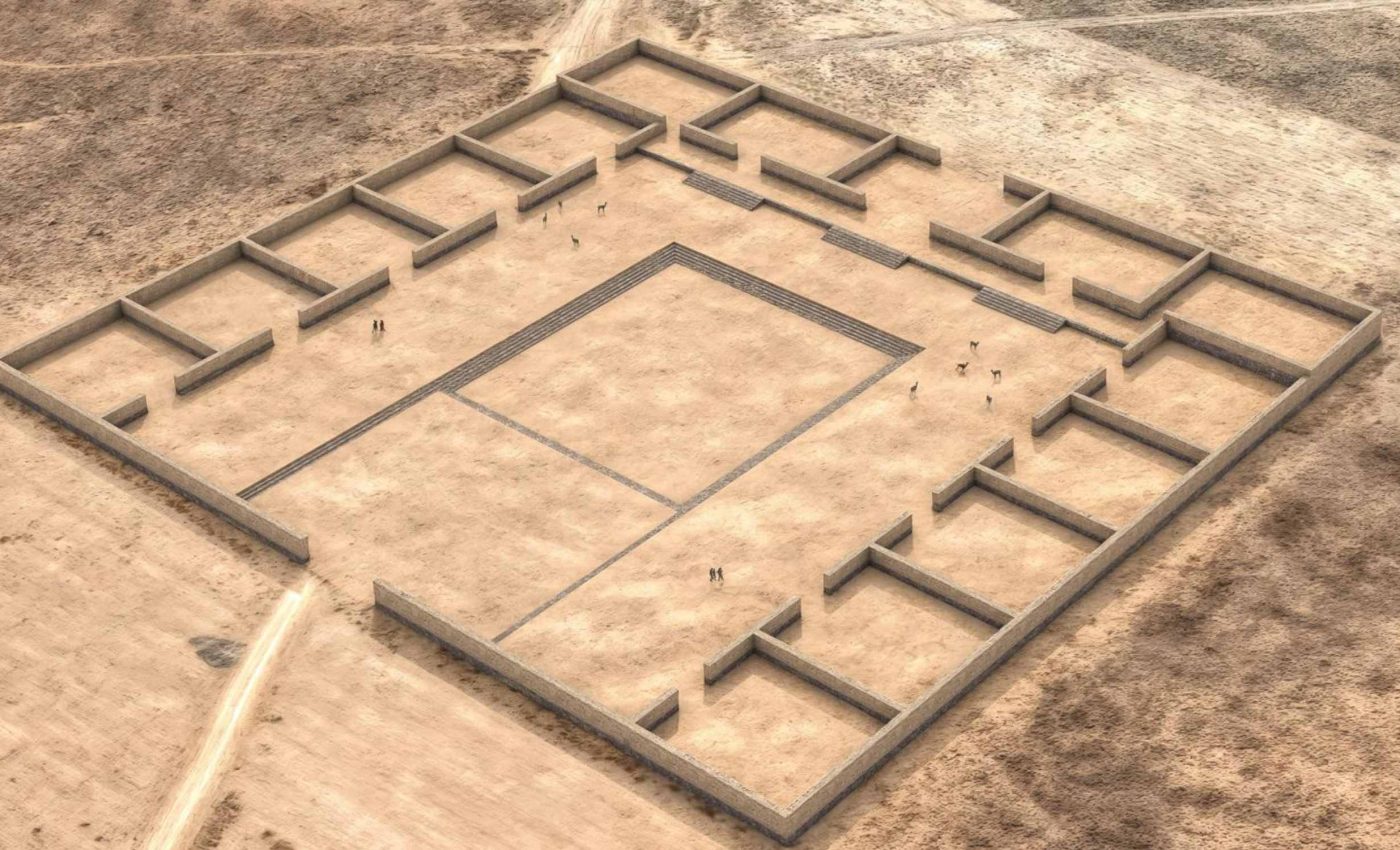
Archaeologists discover Palaspata, an ancient Tiwanaku sun temple in the Andes
Palaspata, a sun-aligned temple tied to the Tiwanaku civilization, has been identified on a quiet ridge in Bolivia. It sits about 130 miles (210 kilometers) southeast of the famed ruins near Lake Titicaca, and it is roughly the size of a city block.
The complex shows how people once met, traded, and carried out rituals at a strategic crossroads. The study describes a large, modular building, and its sunken courtyard, that acted as a gateway for movement between highlands and valleys.
Satellite images help identify the temple
Palaspata rises where three worlds meet: the Titicaca highlands to the north, the dry Altiplano – a high cold plateau above 12,000 feet (3,700 meters) – to the west, and the fertile Cochabamba valleys to the east. That position enabled people to move goods, ideas, and rituals through one anchor point.
The work was led by José M. Capriles, an associate professor of anthropology at Pennsylvania State University. His research focuses on Andean archaeology, long distance exchange, and ritual landscapes.
The team first noticed faint, rectangular outlines on satellite scenes. They then used photogrammetry, a technique that builds a 3D model from overlapping photos, to map low wall lines and subtle changes in slope.
The ridge-top setting hid the site from the highway below, which helps explain why it escaped formal study. Local farmers knew the place, but systematic mapping had not reached it until now.
Inside Palaspata, the sun-aligned complex
Palaspata consists of 15 quadrangular rooms around a rectangular inner court. The rooms open toward a central space that likely hosted gatherings linked to seasonal timing.
The main doorway faces west, and the entrance aligns with the equinox, the time the sun sits above the equator and the lengths of day and night are equal. Researchers noted that the temple’s orientation was deliberately designed to match the position of the sun during this event.
Low perimeter walls of sandstone and quartzite still frame the plan. A few interior alignments suggest partitions, and the authors propose that walls once stood about ten feet (3 meters) high in these locations.
Artifact scatters concentrate inside the modular rooms. That pattern suggests storage, tallying, and staging functions that supported ritual events in the courtyard.
Feasts, cups, and long distance ties
Across the surface, researchers recorded fragments of keru, tall Andean beakers. These were used for drinking chicha, a maize beer that was central to feasting. Chicha has deep roots around the Titicaca region, where microbotanical evidence has revealed maize use in early ceremonies.
Because maize does not thrive at this altitude, these cups indicate exchanges with people from lower valleys. That detail fits the site’s role as a connector rather than an isolated shrine.
Other finds include turquoise, obsidian flakes, and a marine shell from the Pacific. Such materials emphasize ties that stretched from deserts to coast.
“Tiwanaku-style ceramics, including fragments of keru cups, flared bowls, jars and incense burners, are common,” wrote José M. Capriles, lead author from Pennsylvania State University (PSU). Some of the decorated wares reflect contact with inter-Andean valleys.
When was Palaspata occupied
Charcoal from nearby occupation layers brackets the most intensive site use between about AD 630 and 950. That timing sits squarely within the Tiwanaku civilization’s expansion beyond its lake heartland.
Radiocarbon dating, a method that estimates age from the decay of carbon-14 in once-living material, underpins that timeline. The resulting sequence ties the Palaspata temple to the centuries when the Tiwanaku integrated distant communities.
The city of Tiwanaku flourished as one of the highest urban experiments on Earth. It’s occupation peaked between AD 500 and 1000 and its influence radiated across the southern Andes.
These dates also help clarify how monument building overlapped with intensified farming and caravan traffic. Palaspata’s calendar-tuned architecture fits that wider picture of seasonal labor and ritual coordination.
Rethinking Tiwanaku power
Raised fields and road links supported dense populations around Lake Titicaca. A long-term field and settlement study showed how intensive agriculture and community level management scaled up during the Tiwanaku period.
Temples, plazas, and modular compounds anchored that social engine. They provided places to gather, to count goods, and to mark time with the sky.
Palaspata shows that this model extended far to the southeast of Tiwanaku city. It sits in a chain of sites where architecture materialized authority through ceremony and logistics.
The paper’s summary describes the complex as a gateway that physically embodied the power and influence of the Tiwanaku state.
What this find adds next
First, it redraws a map of eastern connections that scholars long debated. The integration of highlands and valleys looks more direct, and more organized, than many assumed.
Second, it gives a reference plan for other faint sites in similar terrain. Subtle rectangles on imagery may now be read as parts of modular compounds that are aligned to sky events.
Third, it offers a clean case for how ritual and economy worked together. Storage-friendly rooms ring a court that was meant for timing and public rites.
Finally, Palaspata invites careful protection and local stewardship. A hill that seemed ordinary now sits at the center of a story that threads trade, agriculture, and ceremony.
The full study is published in the journal Antiquity.
Image credits: José Capriles / Penn State.
—–
Like what you read? Subscribe to our newsletter for engaging articles, exclusive content, and the latest updates.
Check us out on EarthSnap, a free app brought to you by Eric Ralls and Earth.com.
—–













